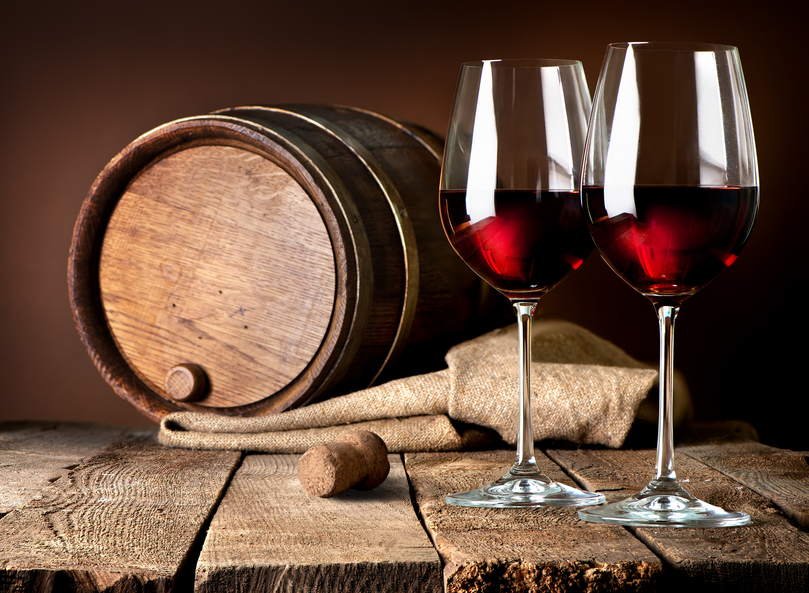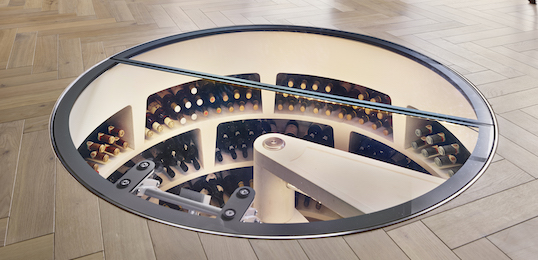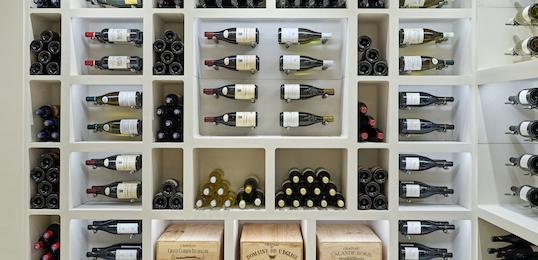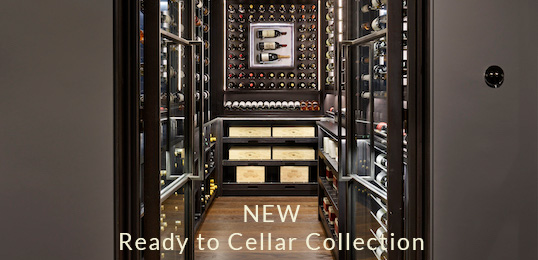Enjoying a beautiful wine with your meal is a truly exquisite experience. Matching your meal to the perfect libation need not be a challenge, although at Spiral Cellars we understand that it can be daunting at first to get flavours right. We have discussed several different food and wine pairings before, as we firmly believe that elevating a meal with a great wine – or accompanying a stunning bouquet with delicious food – should be a pleasure shared by all.
You can find all the different food and wine pairings we have previously discussed here:
Pairing Wine with: Meat
Pairing Wine with: Appetisers
Pairing Wine with: Fish
Pairing Wine with: Cheese
Pairing Wine with: Dessert
The key to match food and wine is to tap into what is already in them, meaning you should know all about the common elements that make up both wine and food:
Acidic Element
Acidity is a key flavour that is present in both food and wine, such as when you consume acidic foods, like a fish fillet with a dash of lemon or a salad with a vinaigrette dressing. In wine, acid manifests itself by adding freshness and lift to the beverage. If you are looking to match wine with a meal heavy on the acid element, you’ll want to choose a bottle that contains, at least, the same levels of acid as the food; if not, your wine may taste flavourless.
German Rieslings can be a great choice for acidic foods, as they contain a high density of acid as well.

Fatty Element
Many foods we consume in our everyday lives contain fat. For example, dairy and meat are both foods high in fatty elements, so you want to focus on a wine that will allow you to not only enjoy the meal but will also elevate it to a different level. Because wine does not contain fat, it is crucial that you match foods high in fat with a wine that either has a high content of alcohol, acid or tannin.
Both wines and foods have a bitter element to them, which is derived from tannin. This substance occurs naturally in plants, seeds, leaves, fruits (like quince and pomegranate) and dark chocolate, just to mention a few. Tannin gives wine a dry and sharp taste, which is perfect to cut through fattier foods.
Examples of this are the Cabernet Sauvignon and the Nebbiolo, which are rich in tannin and taste softer when served with red meat.
Salty Element
Another element present in most of our meals is salt. We use salt to enhance the food’s natural flavours, though certain foods are salty by nature, such as oysters. Salt can make wine taste a little off, as it turns wines with high alcohol contents bitter, so it’s important that you balance the elements right.
Sweetness is the perfect accompaniment to salt, so you may want to opt for sweeter wines when consuming a saltier meal. Blue cheese and sweet dessert wine, such as Port, is a combination made in heaven. You may also find that acidic wines will help with salty foods as well. Sparkling wines, like Prosecco, are a good choice.
Sweet Element
Sweetness beckons sweetness. However, pairing a sweet wine with dessert still requires careful consideration, as not all pairings will be perfect matches. While you can complement a fruity dessert with a Chardonnay, for example, as its richness goes well with the fruity sweetness, it’s important that you choose wines that are sweeter than the dessert as a general rule. Otherwise, the wine will taste bitter instead of sweet.
Sweet red wines, such as Zinfandel, are great choices to accompany your dessert.

Textural Element
Texture is a big part of food. No matter how incredible the taste of a certain meal is, you will probably not enjoy it as much if the textures don’t feel right. The rule of thumb is usually light foods with light wines and heavier foods with heavier wines. This is not a guideline that is set in stone, however, as trying different flavours and textures might give you the experience you’re seeking.
It is important, though, that you prevent heavy flavours and textures from overshadowing lighter ones, which will mean that you won’t be able to enjoy a perfect balance between wine and food.
Merlots and Malbecs are typically full-bodied wines with over 13.5% in alcohol content, making them a fantastic match to meaty dishes.
While there are no steadfast rules when it comes to pairing wine and food, following these simple guidelines can still enhance your meal or glass of wine from your wine rooms. Complementing flavours means that none of them is overpowering but beautifully balanced to ensure the best experience possible.
We are on hand to answer any questions you may have, be it about choosing the best wines for a summer picnic or our stunning designs, so contact us today to learn more about how you can own your very own Spiral Cellar.




